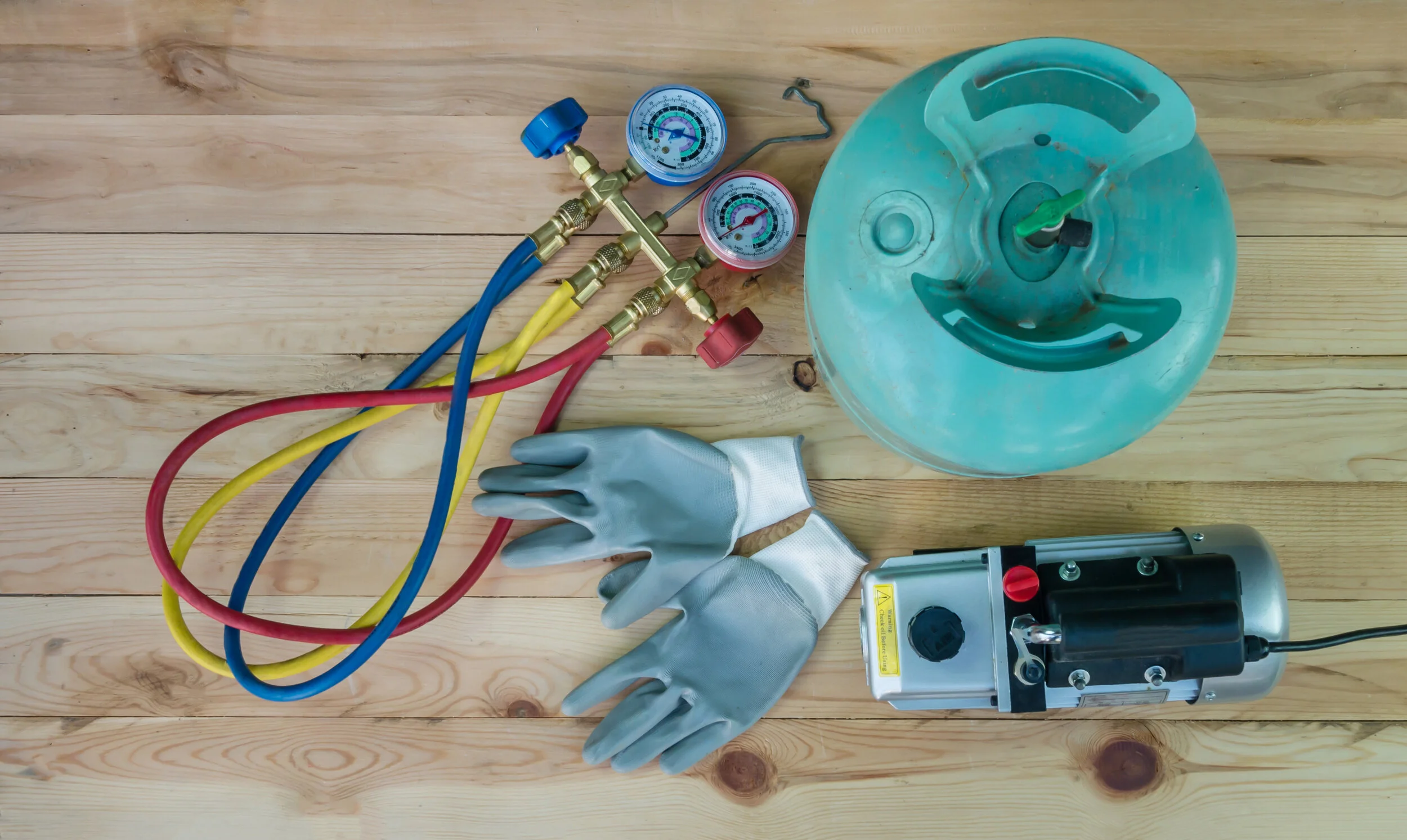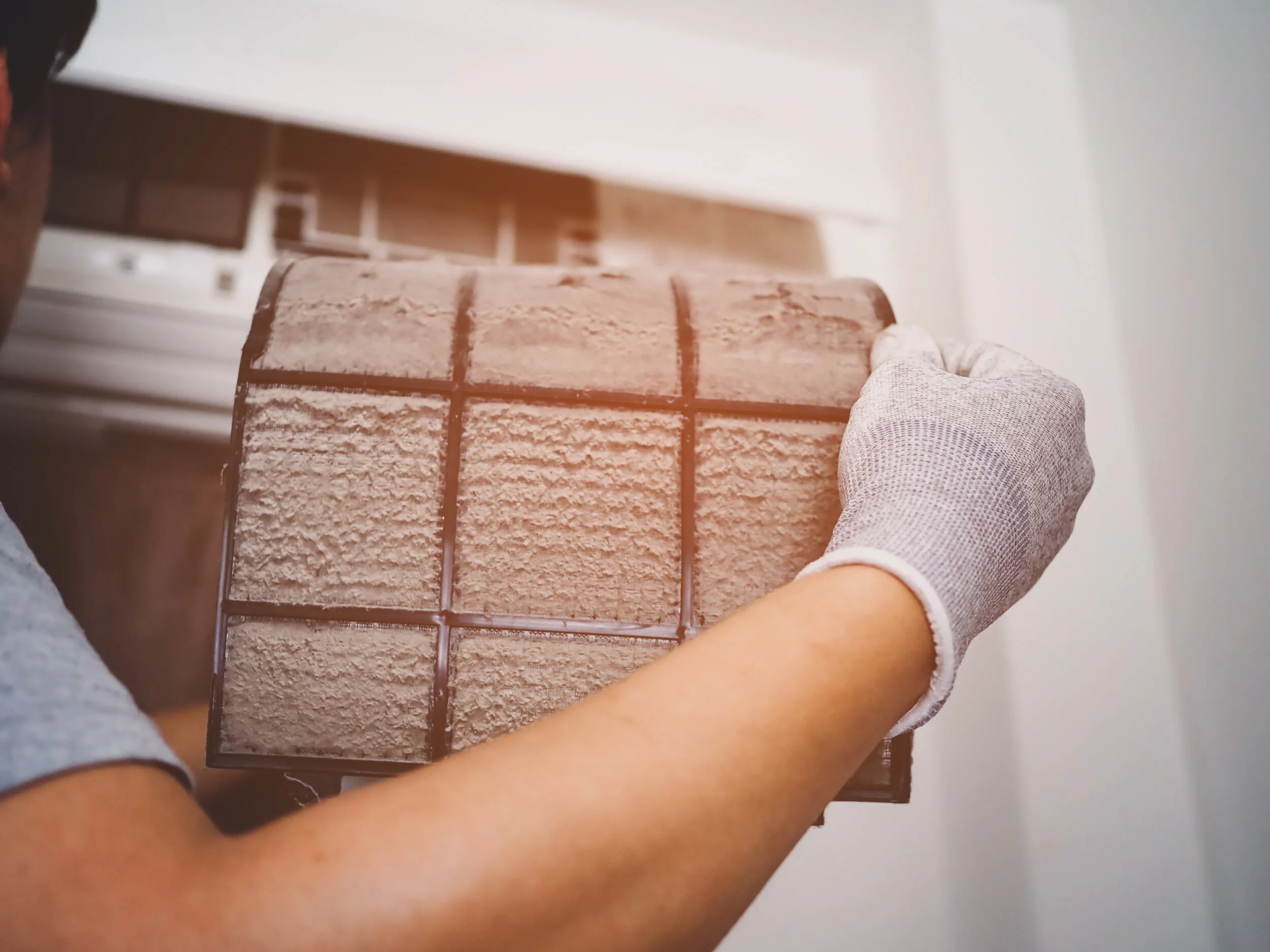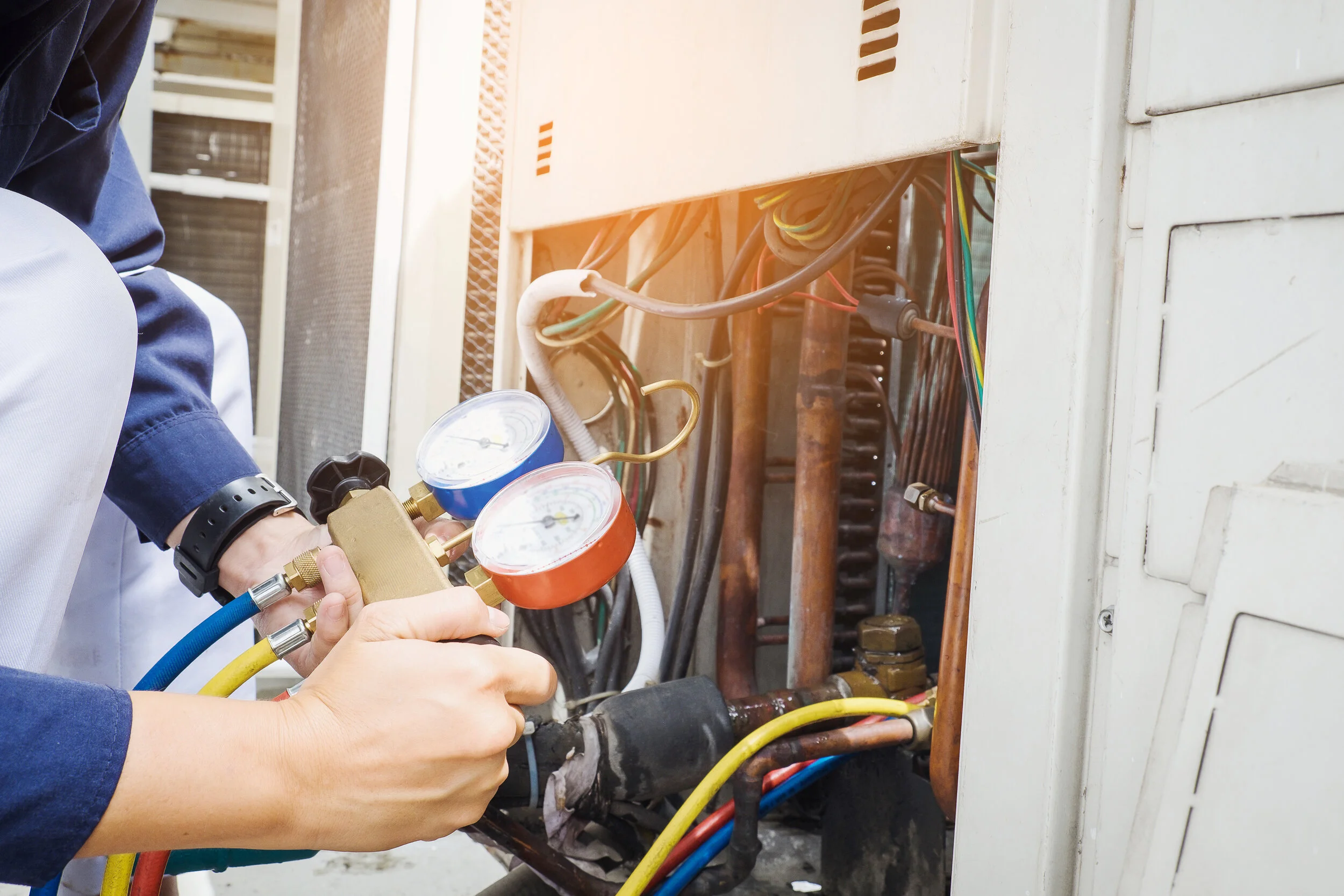When it comes to air conditioning systems, bigger isn’t always better. An oversized air conditioning system may quickly cool your home during the hot spring and summer months, but it can have some negative consequences. If your air conditioning system is too big for your home, you may experience the following problems.
Short Cycling
The biggest problem with oversized air conditioning systems is that they tend to suffer from short cycling. Short cycling is a phenomenon in which an air conditioning system frequently cycles on and off. It will run for a short period, and after achieving the correct air temperature, it will shut off. The air conditioning system will then repeat the cycling process shortly thereafter.
Oversized air conditioning systems are more likely to suffer from short cycling because of the speed at which they cool the air. The size of an air conditioning system is a measurement of its cooling power. Large air conditioning systems are more powerful than smaller air conditioning systems, so they are able to cool the air more quickly than their smaller counterparts. If it’s oversized, however, your air conditioning system may cool the air so fast that it causes short cycling.
Increased Wear and Tear
Because they suffer from short cycling, oversized air conditioning systems are exposed to increased wear and tear. Each time your air conditioning system cycles on, certain components like the compressor and fan must start back up. With short cycling, these components will constantly shut off and turn back on, which can wear them down.
Choosing an air conditioning system in the correct size for your home will protect it from unnatural wear and tear. Assuming it’s the correct size, it will cool your home without cycling on and off frequently.
Higher Humidity
Your air conditioning system may fail to dehumidify your home if it’s too big. Air conditioning systems remove moisture from the air more slowly than the speed at which they cool the air. With an oversized air conditioning system, the air in your home will be more humid. Air conditioning systems can only remove moisture from the air when they are running, so short cycling can lead to higher humidity levels.
Controlling humidity requires the use of an appropriately sized air conditioning system. It needs to run for an extended period in order to remove moisture from the air. Otherwise, your air conditioning system will only cool your home without necessarily dehumidifying it.




















